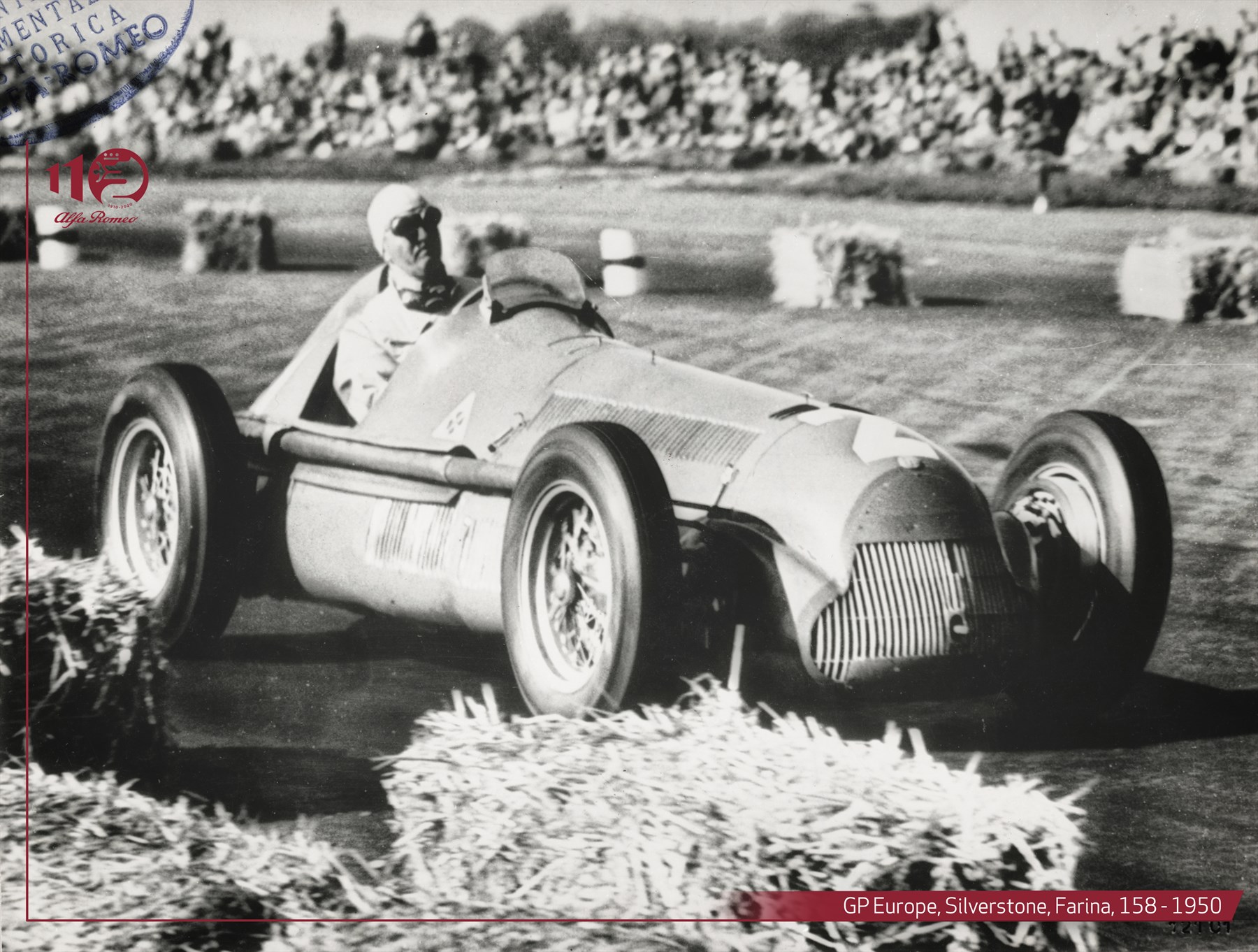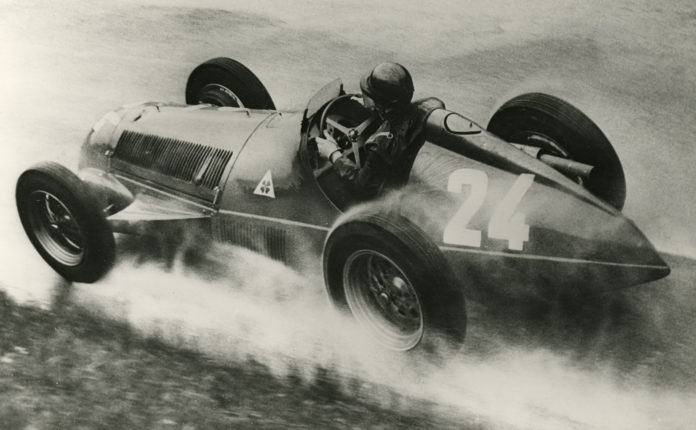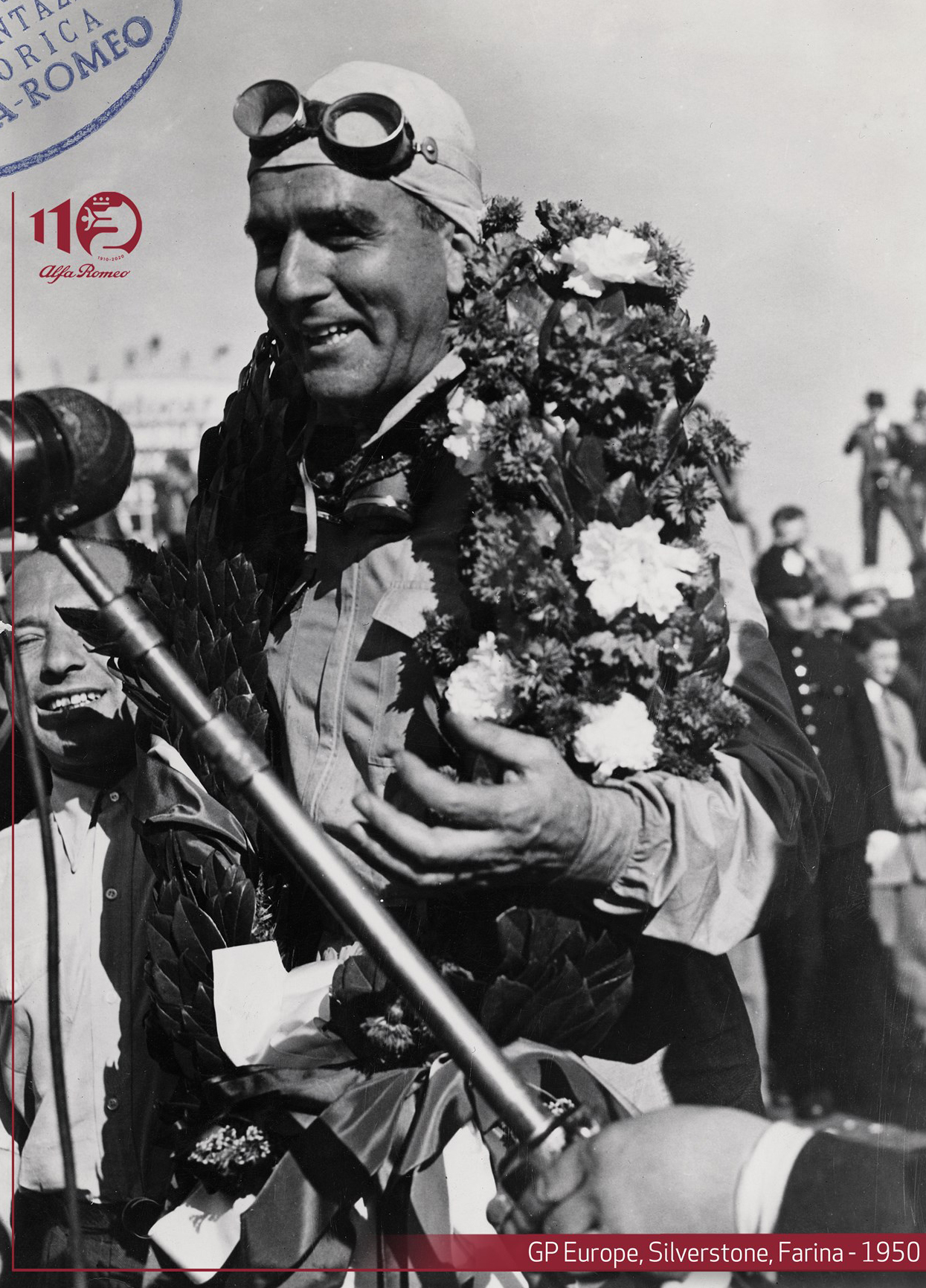The Formula One championship, described as the pinnacle of motorsport, celebrates it’s 70th anniversary this year which started on the 13th of May.
What should have been a year of celebrations to mark this significant milestone, has all been spoiled by the Covid-19 pandemic. Here is a bit of history from the humble beginnings of the sport
The bond between Alfa Romeo and Formula 1 is inscribed in the history of GP racing. Alfa Romeo won the inaugural Grand Prix Championship in 1950, with Nino Farina on board an Alfa Romeo Tipo 158 “Alfetta”, a success repeated in 1951 by Juan Manuel Fangio in the Alfetta 159.
On the 13th of May last year marked the anniversary of the very first Formula 1 Grand Prix race. That race in 1950, the British Grand Prix held at Silverstone, was celebrated by the FIA (the governing body of Formula One and motorsport) in Shangai on the 14th of July at the one thousandth race.
Seventy years apart, two very different eras of Formula One racing display a stark contrast. In 1950, crash helmets were still optional, there was no television, and the spectators lined the track on foot.
Today, the Formula 1 “circus” is an ultra-technological global industry, transmitted to 400 million TV and web viewers every season.
The Alfetta 158
The 1938 Alfetta was a technological jewel with an in-line eight-cylinder engine that featured twin overhead cams and a single-stage supercharger fed by a triple-choke carburettor.
The car was developed by Gioacchino Colombo, head of the design department. Colombo’s objectives were simple, make it powerful, responsive, and reliable. The motor used engineering principles far ahead of its time.
The use of light alloys enabled the engine weight to be reduced to as low as 165kg. The gearbox was mounted in the rear, in a single unit with the differential. The transaxle took up less space, while providing optimal weight distribution across two axles.

The Second World War brought the fast-paced development of Alfa Romeo cars to a shuddering halt. But the technical solutions envisaged by the project were sophisticated enough to be valid after the war.
The links between the pre- and post-war Alfa 158 models were not coincidental. They were literally the same cars, which had been hidden waiting for the end of the war.
In 1943, Milan is occupied by the Germans and confiscations and arrests increased daily. A small number of Alfetta 158’s remained in storage inside the Portello factory, but risk being carried away as spoils of war.
A small group of Alfa Romeo technicians and labourers decided they must must be moved to safety and begin secret planning to remove them in trucks. Various passionate Alfa supporters volunteer to hide one, including the speedboat champion Achille Castoldi, who had set a world speed record in 1940 using an Alfa Romeo 158 engine.
Just as the convoy of trucks and their precious cargo was about to depart, a Wehrmacht patrol appeared with their weapons at the ready. Fortunately, Alfa test driver Pietro Bonini was Swiss and had lived in Berlin for some years.
Speaking confidently in perfect German and waving the necessary permits he appeased the troops and saved the day. The trucks departed and the 158’s were taken to garages and farm sheds, to be hidden behind false walls or heaps of logs to wait for better times.
After the end of the war, those same Alfetta 158’s were brought back to Portello and carefully restored and prepared to return to racing. And racing meant winning, even though circuits were being repaired and championships were fragmented.
The British Grand Prix at Silverstone in 1950 was the first of eight races that constituted the first FIA Formula 1 World Championship. Countries that had been at war with one another only a few years earlier were united in a single sporting event. It turned out to be a historic triumph for Alfa Romeo.
The first four places on the starting grid were occupied by four Alfetta 158 models. Giuseppe “Nino” Farina achieved pole position, the fastest lap, and the final victory. Second came Luigi Fagioli, and third Reg Parnell. The first F1 podium was dominated by Alfa Romeo.
Technical superiority brings victories. For the press, Farina, Fangio and Fagioli became “the 3Fs team”, an unbeatable trio that demolished all rivals. The three Alfa Romeo aces won all the Grand Prix races they took part in, ending on the podium twelve times and achieving five fastest laps.
On the 3rd of September that year for the Monza Grand Prix, Alfa Romeo tested the Alfetta 159, which was actually developed for use in the following year’s championship. The new Alfetta made its debut with a victory. At the wheel was Nino Farina who consequently became the first-ever Formula 1 World Champion.
The Alfetta 159
The following year, the championship was only decided in the last race at the end of a long duel between Alfa Romeo and Ferrari. After 17 years, the phenomenal Alfetta engine was reaching the end of its potential for further development.
Thanks to this final effort, and to its extraordinarily talented drivers, the 159 triumphed in the GP’s of Switzerland, Belgium, France and Spain, with eleven podium finishes and the fastest lap in all seven of the races.


























































